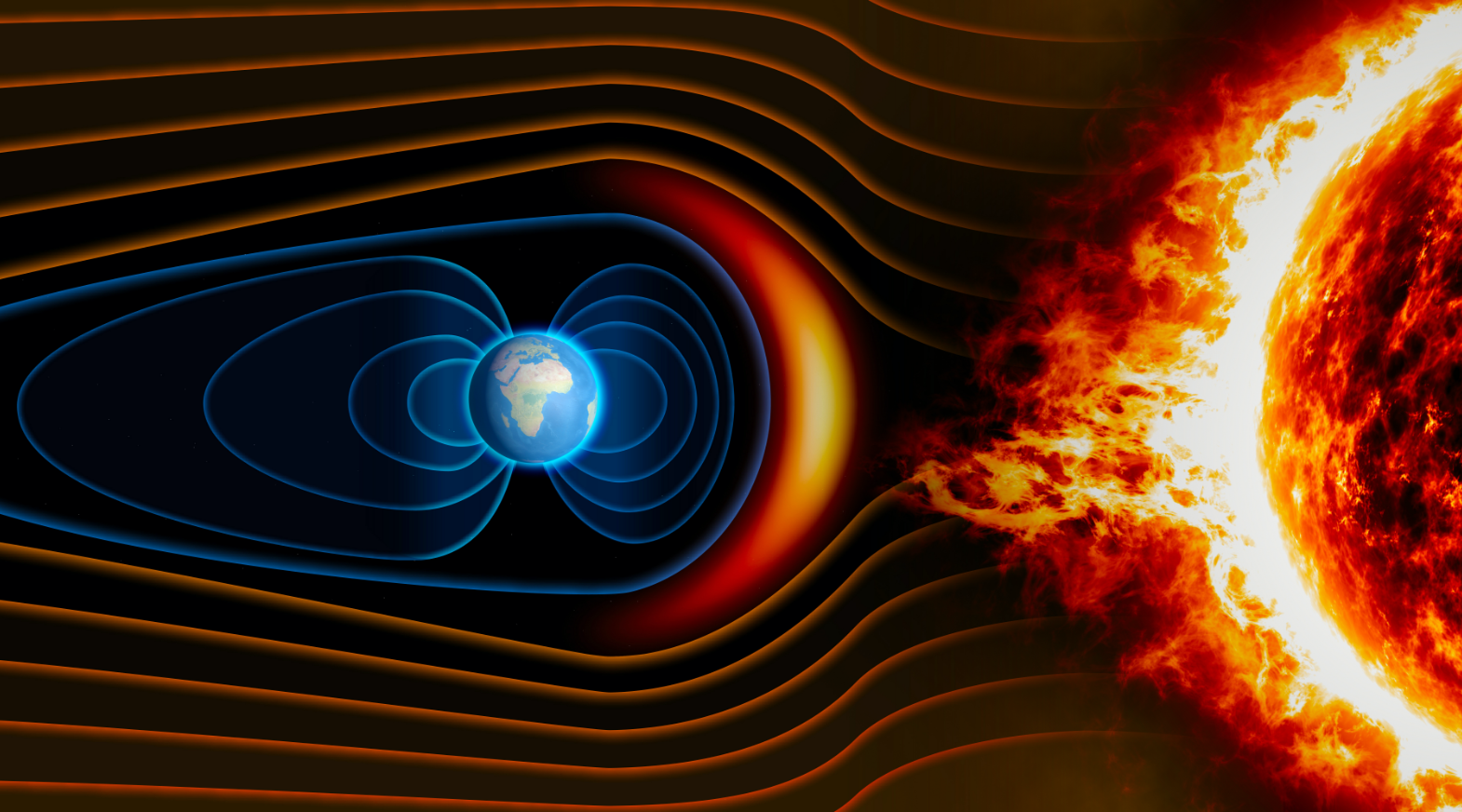Solving the riddle of stars' mid-life crisis
-
- from Shaastra :: vol 01 edition 02 :: Jul - Aug 2021

Researchers from the Indian Institute of Science Education and Research (IISER) in Kolkata seem to have resolved a riddle that confused astrophysicists studying Sun-like stars that have crossed the middle age of their existence.
The theoretical understanding put forward by a team led by Prof Dibyendu Nandi, professor at IISER's Centre of Excellence in Space Sciences India, would help explain why middle-aged stars experience an unexplained breakdown in established techniques for measuring their age, and why solar-like stars transition into a magnetically inactive phase as they age. The study, which appeared recently in the Monthly Notices of the Royal Astronomical Society: Letters journal, had contributions from Bindesh Tripathi and Prof Soumitro Banerjee, both from IISER Kolkata.
A star is continuously giving away a steady stream of plasma, called stellar wind, which is moving away from the star. In the case of the Sun, it is called solar wind. That happens because the outer part of the corona (atmosphere) is hot. Because it is hot, it expands out, facilitating this plasma flow. The stellar wind is modulated by the magnetic field. "If the star has more magnetic output, the corona tends to be more active and hotter. This will help it expand more. So, the wind is faster if a star has a stronger magnetic field," says Nandi.
This steady drain of charged particles results in the star losing its angular momentum. Angular momentum to a spinning object is quite similar to velocity to an object moving in a linear fashion.
The study explains why middle-aged stars experience a breakdown in established techniques for measuring their age.
The loss of angular momentum leads to stars slowing down over billions of years. But this decrease in activity and the rotation rate over time is expected to be smooth and predictable. As this slowdown is linked to the magnetic field on the outer surface of the star, it is called magnetic braking. Magnetic braking gave astronomers a tool called "stellar gyrochronology" to measure the age of stars for nearly two decades.
The more magnetic field there is, the stronger the stellar wind, and the greater the loss of angular momentum; this leads to a faster slowdown of the star, the IISER professor explains.
However, it was recently noticed that "magnetic braking fails after stars reach their mid-life, but the reason was not known. This paper explains why," says Nandi.
Using dynamo models of magnetic field generation in stars, the team showed that at about the age of the Sun, the magnetic field generation mechanism of stars suddenly becomes sub-critical or less efficient. This allows stars to exist in two distinct activity states: a low-activity phase and an active phase. A middle-aged star like the Sun can often switch to the low-activity phase, resulting in drastically reduced angular momentum losses, as recently observed by some researchers, Nandi said.
This insight is significant because stellar gyrochronology is considered to be an efficient method to gauge the age of stars. Ascertaining the age of the Sun is not difficult because the dating of meteorites can give clues to it. But that is not the case with far-away stars, observes Nandi.
Have a
story idea?
Tell us.
Do you have a recent research paper or an idea for a science/technology-themed article that you'd like to tell us about?
GET IN TOUCH














